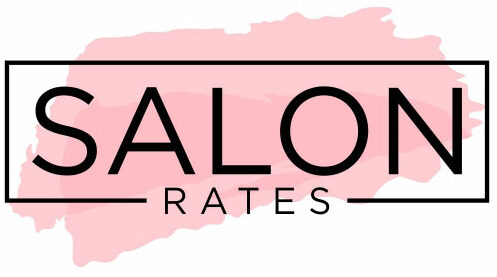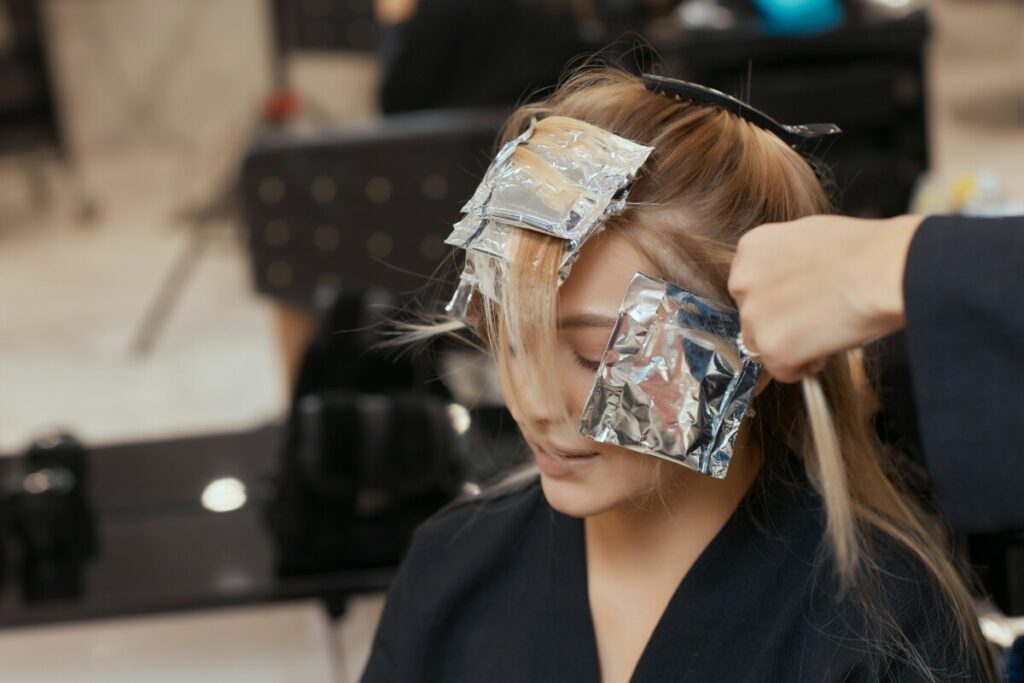
Balayage and highlights both serve the ultimate purpose of lightening your hair without dying your whole head blonde. However, they are actually quite different techniques and can give your hair a different outcome. How do you know which style is best for you?
Highlights are placed closer to the scalp than balayage. It is good for an overall lighter look or patterned sections. Balayage is a freehand painting technique of the hair’s surface, giving a more natural and subtle look. The dye is softly swept through the hair without a noticeable pattern.
Keep reading to learn more about the differences in balayage versus highlights and which style is right for you.
Table of Contents
What Is Balayage?
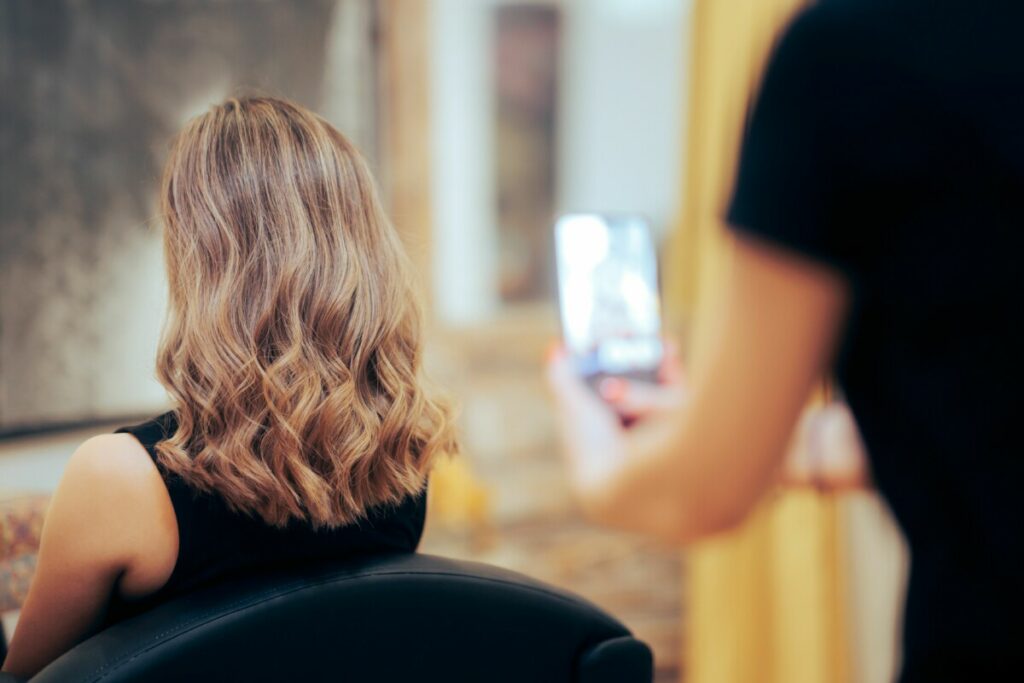
Balayage in French means “to sweep,” and that’s exactly how it’s done. It’s become quite a popular technique to lighten hair because it’s so natural-looking and simple to do. People love it for the sun-kissed look it has on the hair due to the way it’s applied. The overall outcome of a good balayage is a very natural-looking highlight and a seamless blend.
How Do You Balayage Hair?
When balayaging someone’s hair, the hairdresser paints sections of the dye on the hair’s surface. Starting towards the middle, a lightener or dye is used and gets more vibrant as it goes to the tips of the hair. Most of the time, foil is not involved in this process, so balayage typically goes quicker than highlights.
Balayage is very low-maintenance and doesn’t need a lot to keep up with. In fact, you wouldn’t even have to dye it again or touch it up if you didn’t want to, depending on how much lighter it is than your natural hair color. It leaves room for your natural root to show, and your hairdresser can get creative with it based on your style and cut.
What Are Highlights?
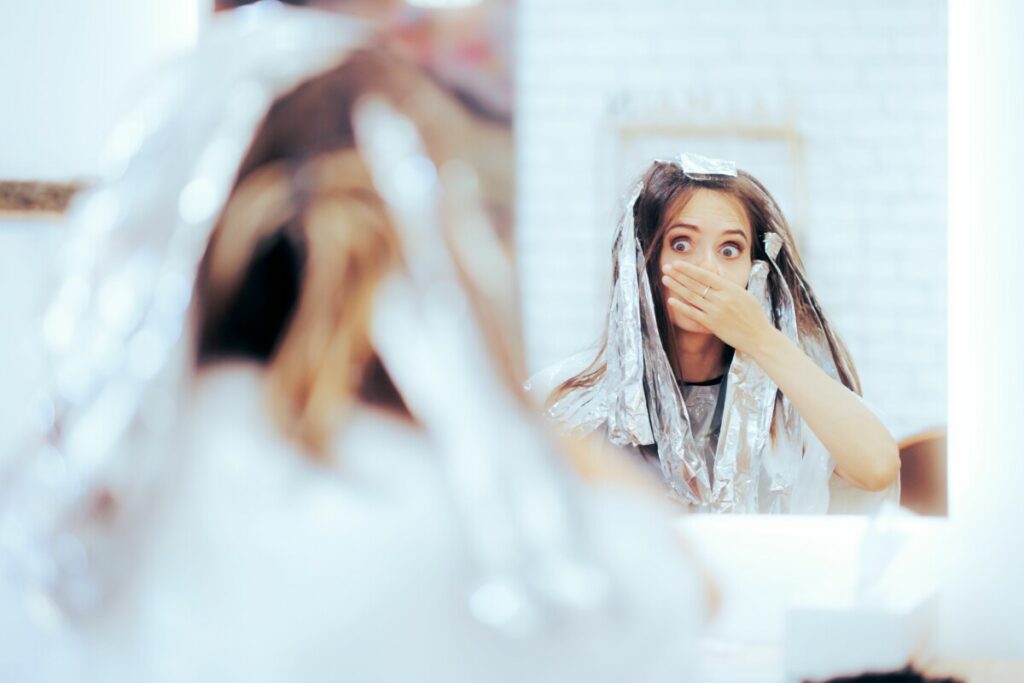
Highlights are a more traditional technique and are perfect for adding a bit more depth to your hair. Hairdressers use aluminum foil strips to get a more intense and dramatic color change. Highlights involve a more severe contrast between your regular hair color and the lighter strands. It’s great for making your facial features pop and adds more dimension to your hair.
How Do You Highlight Hair?
Highlights can be done in a couple of ways. Sometimes, they are done by using a plastic cap over your head and weaving out certain pieces of hair through the holes of the cap, then covering those hairs in bleach and placing them in foils. Other times, the hairdresser takes sections and weaves in between hairs evenly, then places the bleached strands in foil.
Either way, there is a set pattern that highlights follow, which results in more dramatic lightening since you are saturating specific strands rather than large chunks of hair.
Highlights call for more regular touch-ups to cover your roots and involve a bigger change in color than a balayage.
Which One Is Right For You?
Both are great ways to lighten your hair and which one is best just comes down to what look you’re going for.
A Balayage is Right for You If:
- You want highlights starting mid-length to ends, having a more natural root.
- You are seeking subtle results and don’t want them to be too noticeable or intense.
- You don’t like to keep up with dying your hair and are wanting something more low-maintenance.
- You are looking for non-uniform or patterned chunks or sweeps of color that are more random.
- You are okay with your hairdresser having more freedom to add color that fits your cut, face, and style.
- You want face-framing highlights.
- You’re in a transitional phase and want to grow out your roots without making it obvious.
Choose Highlights If:
- You want a bigger color shift (your hairdresser will recommend this if you are mentioning you want more change).
- You want to target the full shaft of your hair.
- You want to take your hair four or more shades lighter.
- You want both highlights and lowlights or an even distribution of color.
- You don’t mind keeping up with root touch-ups.
You might also consider some of these factors to decide which one is best.
Budget
Highlights are a lot cheaper than balayage. If you want to save some money, highlights will be a better option. Face-framing baby lights are as cheap as $20, and partial highlights to cover sections of your hair are typically around $55. Full foil highlights will cost you around $75, but balayage prices usually start at $100 in most salons.
Natural Hair
For lighter natural hair colors, balayage is the best route for natural lighter sections. Darker natural shades need more help lifting to higher levels, and balayage without foils isn’t going to get you to an ash blonde. Foil highlights are more effective for darker hair colors since they can lift hair more than three levels in much less time.
Hair Damage
With highlights, you are dying more strands of hair, so it’s bound to be more damaging to your hair. Touching up your roots will also cause the color and already dyed hair to overlap, and bleach over bleached hair is damaging. However, with balayage, you can lighten already lightened hair over and over again, which will also be damaging.
In the long run, balayage is actually more damaging because it uses a higher developer, and it’s layered more in the hair to get results. If you have dark, damaged hair, then balayage is going to need too high of a developer and will cause more damage to your hair, so you should get highlights instead.
What Are the Main Differences In Techniques?
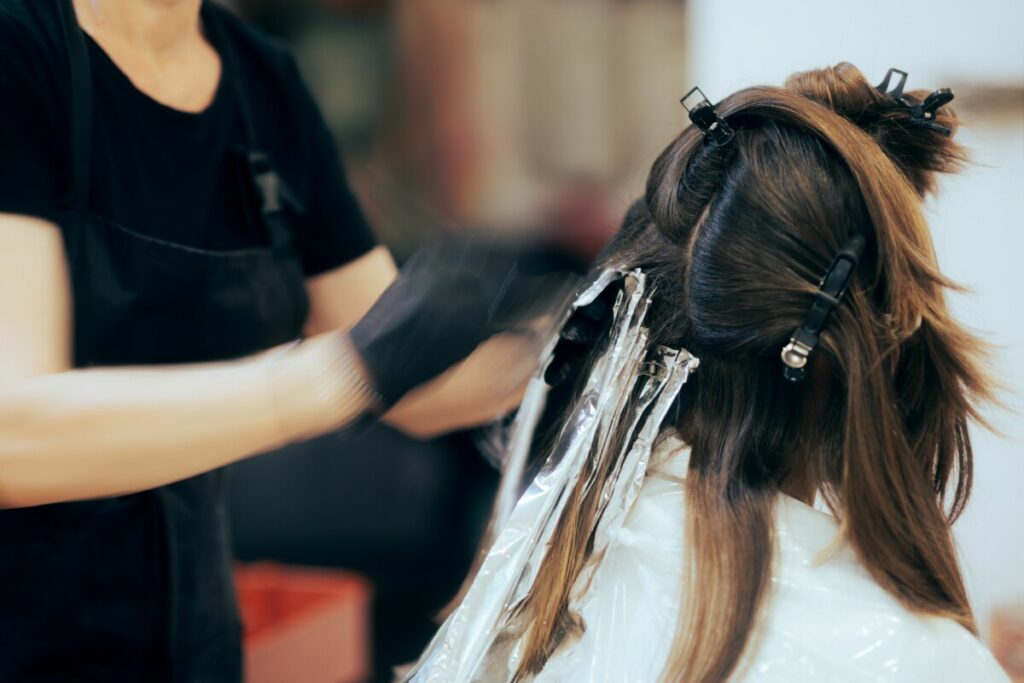
Even though it’s confusing to understand the difference between these two techniques, they will give a completely different look to your hair.
Here is a chart to show the main aspects that set these two apart in simple terms.
| Balayage | Highlights |
| Natural & sun-kissed look | Overall lighter look |
| The lightener is hand-painted starting midway down strands | More obvious pattern |
| The lightener is hand-painted, starting midway down strands | Lightener is painted root to tip on foiled sections |
| Roots are left natural and untouched | Roots are dyed and lightened |
| It’s hard to lift hair to high levels | It’s easier to lift hair to high levels |
| Produces red undertones in dark hair | Easily removes red tones in dark hair |
| Maintenance every 3 to 6 months if you want to keep up with it | Maintenance every 6 to 8 weeks if you want to keep up with it |
| Costs $100 to $150* | Costs $20 to $150* |
